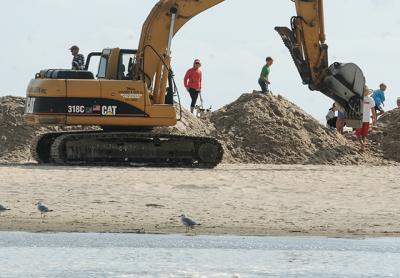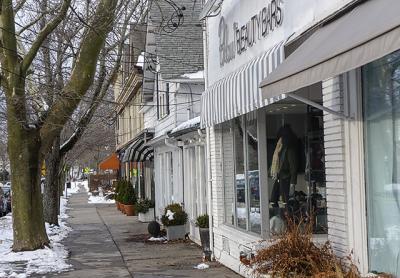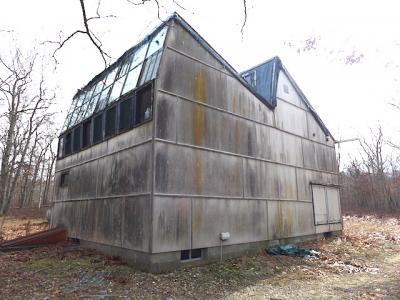Leaf Blowers on the Agenda
Leaf Blowers on the Agenda

The East Hampton Village Board heard Friday from Jamie Banks, the executive director of Quiet Communities, a nonprofit that focuses on helping municipalities, homeowners, and landscape businesses transition to quieter electric machines that produce low or no emissions.
Dr. Banks spoke about the ecological and physiological dangers of using gas-powered leaf blowers and other landscape equipment, citing research that showed that consistent gas spillage from refilling the machines had a negative impact on the environment, and that the noise they generate not only caused hearing problems, but may also lead to heart disease, endocrine disorders, and other illnesses.
“That’s because loud noise causes a stress response in our bodies,” Dr. Banks said. Quiet Communities recently worked with the Town of Southampton to turn the East Quogue Village Green into a park that predominantly uses electric equipment for maintenance. Although her organization is in favor of having towns regulate the use of leaf blowers, Dr. Banks suggested instituting equipment exchanges and other incentives to encourage people to make the switch on their own.
After Dr. Banks’s presentation, Mayor Paul F. Rickenbach Jr. signaled that the board was readying legislation to address the issue. “I think the intent is there that we want to move ahead vis-a-vis the environment and the ecology of our wonderful village,” he said.








